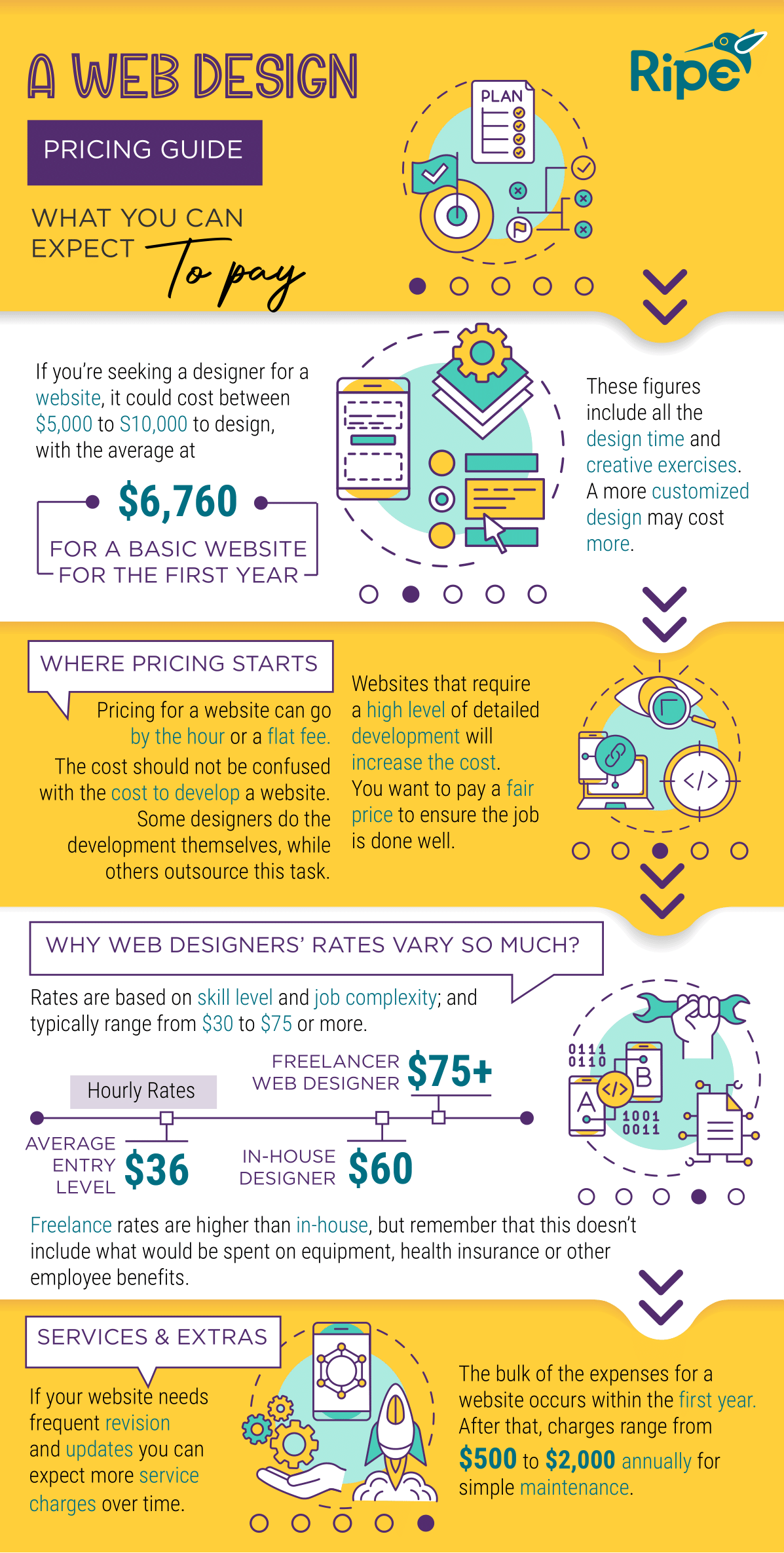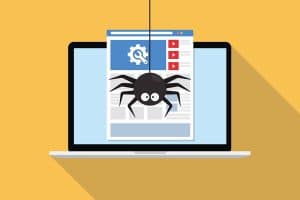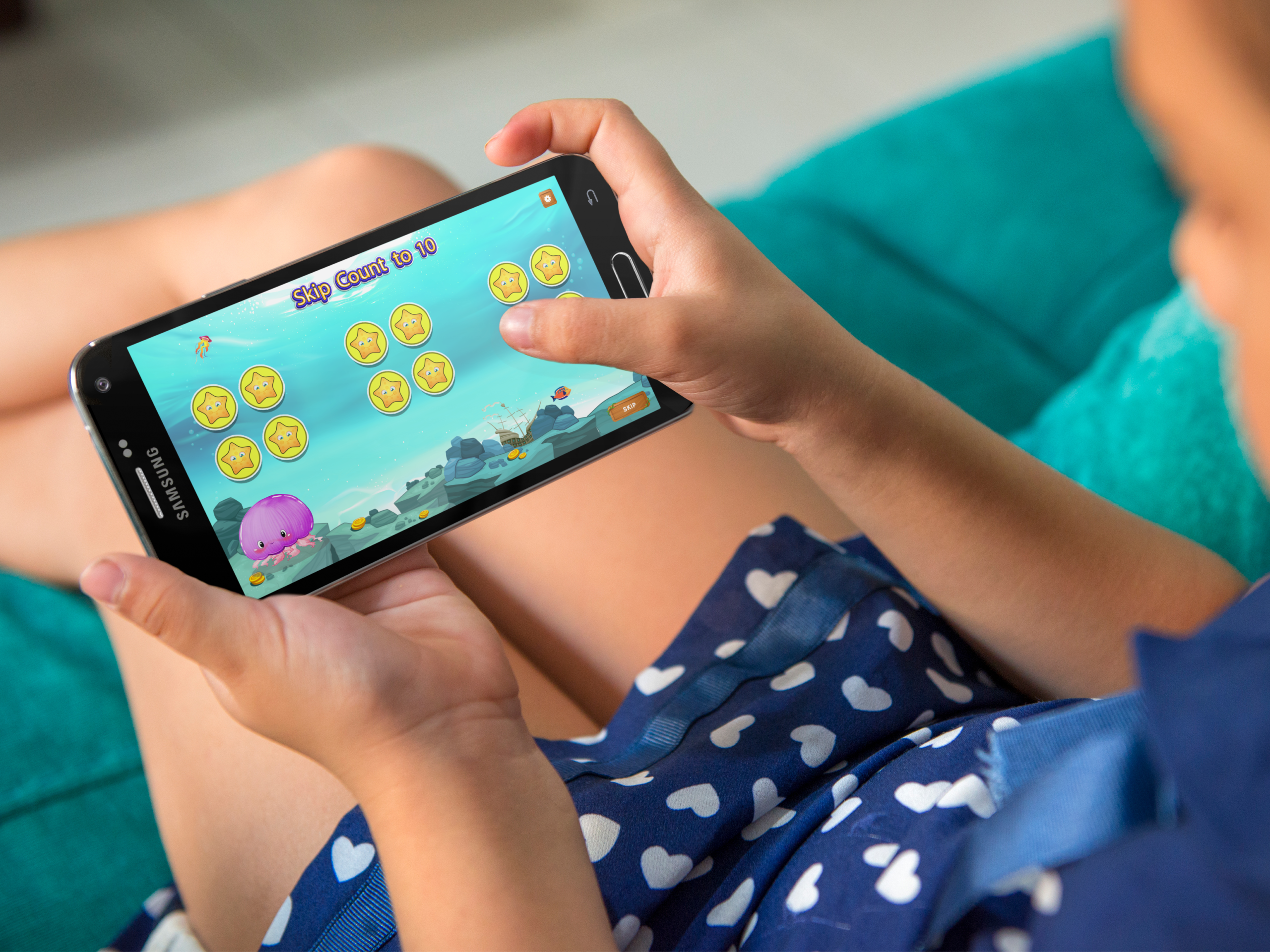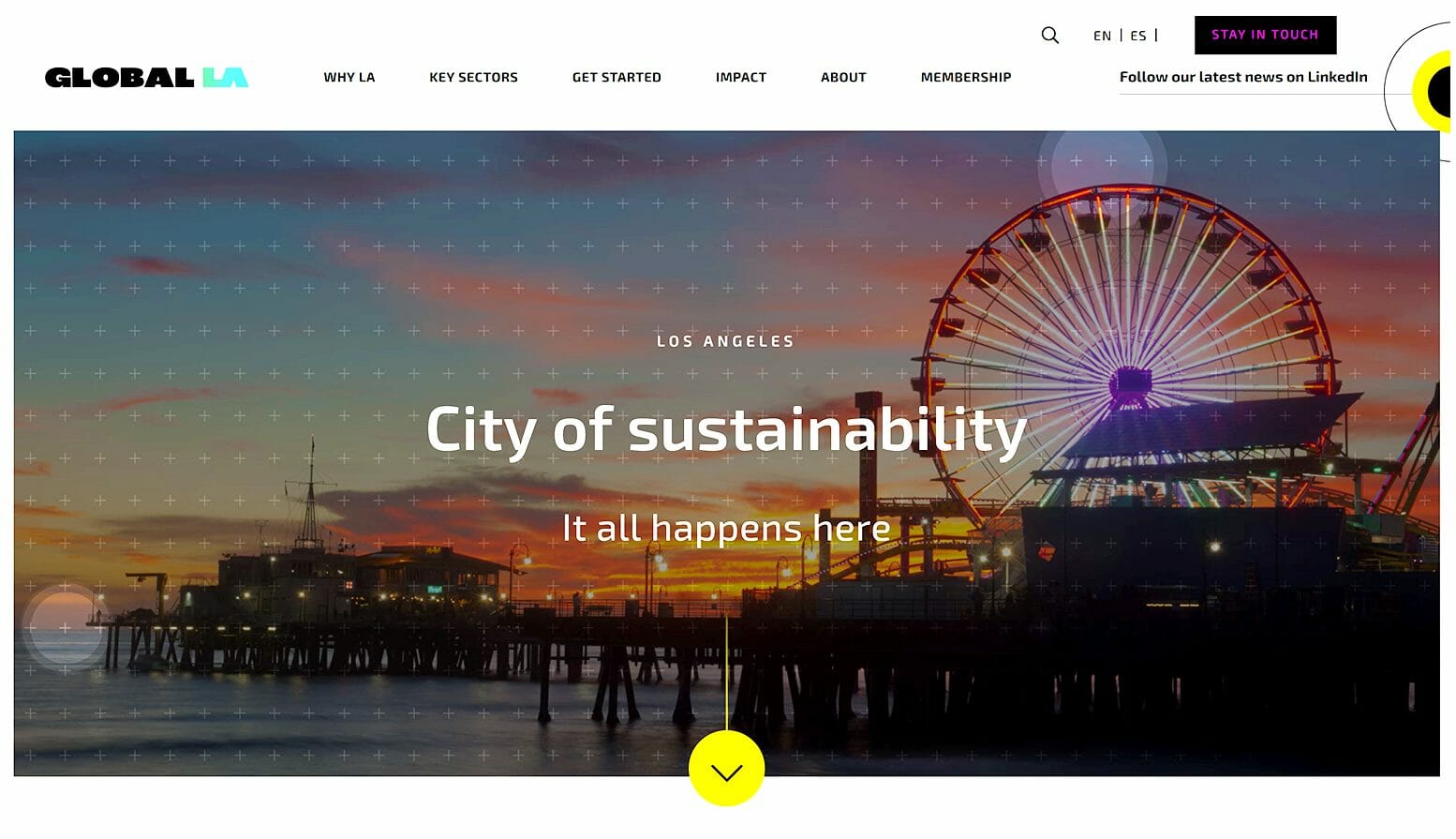9 Mar ‘20
Web Design Pricing Made Easy: Your Guide to Success
9 Mar ‘20
In: Web Design & Development, / By: Ripe Media
Have you been wondering what it will cost to design a website? Searching for web design pricing that breaks it all down? Let’s dig into the details and demystify the numbers together.
Key Takeaways
- Web design costs typically start at $60-75 per hour for freelancers, with the average total investment for a basic business website ranging from $5,000-$10,000.
- Pricing follows two main models: hourly rates (design: $60-80/hour; development: $100-180/hour) or flat project fees.
- Factors affecting cost include website complexity, number of pages, custom functionality, and whether you’re using templates or custom design.
- Additional costs include domain registration ($15-20/year), hosting ($3-100/month), SSL certification, and ongoing maintenance.
- DIY website builders offer lower initial costs but may limit growth; custom-built websites cost more but better align with unique business needs (Source: Elegant Themes).
- The website process typically includes discovery/planning, design mockups, development, content creation, and quality assurance.
The details you’re looking for are just ahead—let’s break down what goes into web design pricing and what you should expect along the way.
Web Design Pricing Calculator
But first, if you’re wondering where your specific needs might land on the pricing spectrum, we’ve got you covered. Our Web Design Pricing Calculator is a quick, interactive way to estimate your project’s cost based on the features, functionality, and complexity you’re looking for. Whether you’re just starting your research or narrowing down your budget, this tool can help you make informed decisions before reaching out for quotes.

Where Web Design Pricing Starts
Web design pricing generally follows two main paths: hourly rates or flat fees. Hourly rates for freelance website designers typically average around $75 per hour, but this number can shift depending on factors like expertise, project complexity, and even your relationship with the designer.
For a closer look, the cost of website design generally falls between $27 and $60 per hour, while development rates climb higher, ranging from $100 to $180 per hour. According to Fiverr, the average cost for website design is between $500 and $10,000 per project, and $20 to $100 per hour, depending on several factors. These figures reflect the specialized skill sets involved—design focuses on aesthetics and user experience, while development delves into the technical architecture.
Freelance graphic designers often charge more than in-house designers. Why? Freelancers cover their own health insurance, lack job security, and juggle the uncertainty of contract-based work. According to a discussion on Reddit, freelance web designers may charge higher rates to account for additional expenses and the lack of benefits compared to in-house designers.
When assessing a freelancer’s pricing, it’s worth exploring why their rates may deviate from the norm. A designer might offer a discount for non-profits, long-term projects, or even a friendly connection. Conversely, larger, more intricate projects—like multi-page websites—often lead to a flat fee. This upfront rate can simplify the process, giving you clarity on costs while compensating the designer for the scope of work.
In the end, web design pricing is as dynamic as the designers themselves, shaped by a blend of skills, circumstances, and client goals.
How Much Should a Web Designer Charge?
Determining what web designers charge often comes down to a mix of practicality and self-valuation. Freelance web designers typically set their rates based on their cost of living, business expenses, and the value of their expertise. However, freelancers should avoid using their past full-time salary as a benchmark—running an independent business comes with its own set of challenges and costs that demand a higher rate.
Web design companies, on the other hand, have additional overhead to cover. Expenses like equipment, training, health insurance, software licenses, and utilities are baked into their pricing structures. Freelancers, too, must account for these costs, but they face the added task of setting a sustainable minimum hourly rate. This ensures they can keep their business running smoothly while delivering quality work.
Undervaluing their services by charging below this minimum can lead to long-term consequences. Setting rates too low not only affects the designer’s livelihood but also establishes unrealistic expectations for clients. Paying a fair rate isn’t just about ethics—it’s about securing a designer’s time, attention, and effort. Well-compensated designers are more likely to deliver exceptional results, treating your project with the care it deserves.
Ultimately, hiring a freelance web designer isn’t just a transaction—it’s an investment in your project’s success. Fair pay ensures that both you and the designer walk away satisfied with the outcome.
Finding the Right Web Design Pricing for Designers
For entry-level web designers, hourly rates generally range from $31 to $42, with the average landing around $36 per hour. According to WaveApps, the average web designer earns between $49,000 and $90,000 per year, translating to approximately $23 to $43 per hour.
Freelance web designers, however, operate differently. Their hourly rates are typically higher, reflecting the additional expenses they shoulder, such as software, hardware, marketing, and other business-related costs.
When hiring a freelancer, you can expect their rates to align with their skill level and experience. Beginner designers might charge closer to $30 per hour, while seasoned professionals with specialized skills or a strong portfolio can command rates of $100 or more. According to Contra, in 2024, the average hourly rate for freelance website designers ranges between $50 and $150, with rates varying based on experience and project complexity.
Ultimately, the right price is about value—finding a designer whose rates reflect their ability to deliver the quality and functionality your website deserves.
Ready to bring your vision to life? Let’s create something extraordinary together—reach out and let’s start building your dream website today!
Web Design Pricing Considerations for B2B Companies and Nonprofits
If your organization operates in the B2B space or serves a nonprofit mission, you may encounter unique factors that influence web design pricing. These sectors often require tailored approaches that go beyond a standard small business site.
B2B Web Design Pricing
For companies that sell to other businesses (B2B), a website is more than a digital brochure — it’s a lead generation engine and a trust-building tool. B2B web design pricing often reflects additional needs like integrating customer relationship management (CRM) or marketing automation platforms, creating content gateways for whitepapers or case studies, and supporting complex product/service catalogs. Projects can involve multiple stakeholders and longer review cycles, which might extend timelines and add to costs. However, these investments aim for long-term ROI: a well-designed B2B site can generate high-value leads and support a multi-step sales process, making the higher upfront cost worthwhile.
Nonprofit Web Design Pricing
Nonprofit organizations (including charities, foundations, and other mission-driven groups) typically have tighter budgets, but their website still plays a crucial role in fundraising and community engagement. Nonprofit web design pricing often accounts for specialized features such as online donation systems, event registration pages, membership portals, and accessibility compliance (ensuring the site is usable for all supporters). Many agencies understand nonprofit constraints and may offer discounted rates, grant-funded packages, or phased development options to help deliver a quality site within budget. The focus is on maximizing impact: every dollar spent should help further the mission — whether it’s attracting volunteers, facilitating donations, or spreading awareness — so the site needs to be user-friendly, mobile-responsive, and rich in storytelling content.
By considering these sector-specific factors in web design pricing, B2B and nonprofit organizations can get more accurate quotes and build websites that truly support their business goals or social missions. This tailored approach ensures you invest wisely in a site that meets your unique needs and delivers value over time.
Before Hiring a Web Designer
Before hiring a web designer, take the time to outline a clear plan for how you want your website to look and function. Having well-defined expectations helps prospective designers understand your vision and ensures smoother communication throughout the project.
Remember, website design pricing varies widely based on the complexity of your needs and the designer’s level of experience. To find the best fit for your project, compare multiple designers, review their portfolios, and ask detailed questions about their process. Want to simplify the decision-making process? Donwood our Web Design Pricing Guide to get a better sense of what to expect.
Looking for more than just web design? Explore our full range of services for brand management and communications—we’re here to help bring your vision to life!
Web Design Pricing Frequently Asked Questions (FAQ) About
What factors influence web design pricing?
Web design pricing depends on various factors, including the complexity of the design, the number of pages, custom functionality, content creation, and whether you’re using templates or a fully custom design.
How much does a small business website typically cost?
A small business website can range from $2,000 to $10,000, depending on the features needed, such as e-commerce functionality, custom branding, or advanced SEO.
Are there ongoing costs after the initial website design?
Yes, ongoing costs may include hosting, domain registration, website maintenance, updates, and additional marketing services like SEO or paid advertising.
Why do custom websites cost more than template-based sites?
Custom websites are built from the ground up to meet specific needs, offering unique designs and functionality tailored to your business. Template-based sites, while less expensive, are more limited in customization and may not fully align with your brand.
Can I reduce costs by designing my website myself?
Yes, DIY platforms like Wix or Squarespace are more affordable, but they come with limitations in design, scalability, and functionality. A professionally designed website often provides better performance and ROI.
How long does it take to design and build a website?
The timeline varies based on project complexity but typically ranges from 4 to 12 weeks for most websites, including planning, design, development, and testing.
Does web design pricing include SEO services?
Not always. Some web design pricing packages include basic SEO setup, like optimizing page titles and meta descriptions, but advanced SEO and fully managed SEO is usually an add-on service.
How do I ensure my investment in web design is worth it?
Choose a reputable agency with a proven track record, clearly define your goals, and prioritize functionality that enhances user experience and drives conversions.
What questions should I ask when hiring a web designer or agency?
Ask about their experience, portfolio, design process, timeline, web design pricing, and post-launch support. This ensures you understand what you’re getting and can set expectations.















